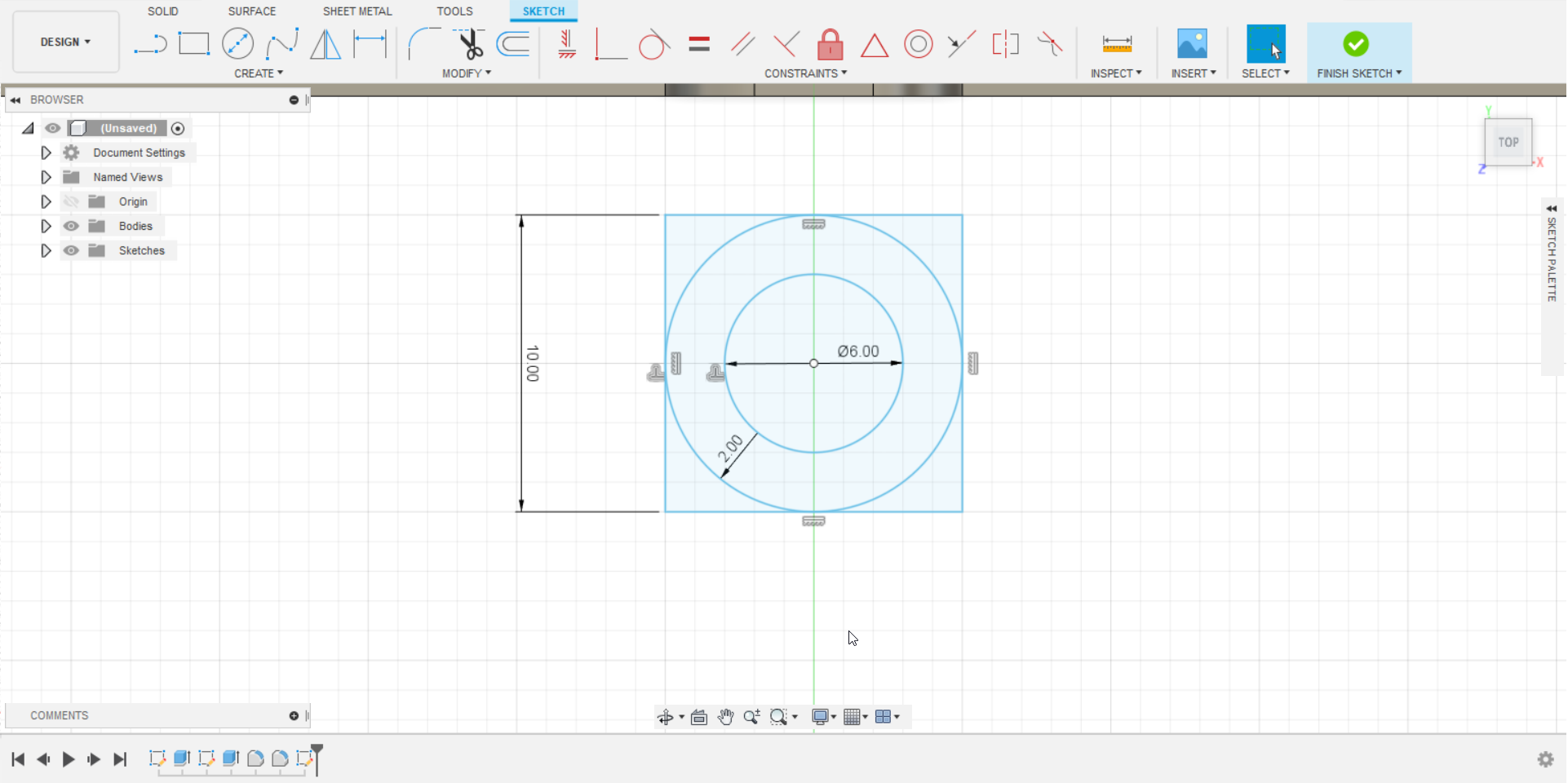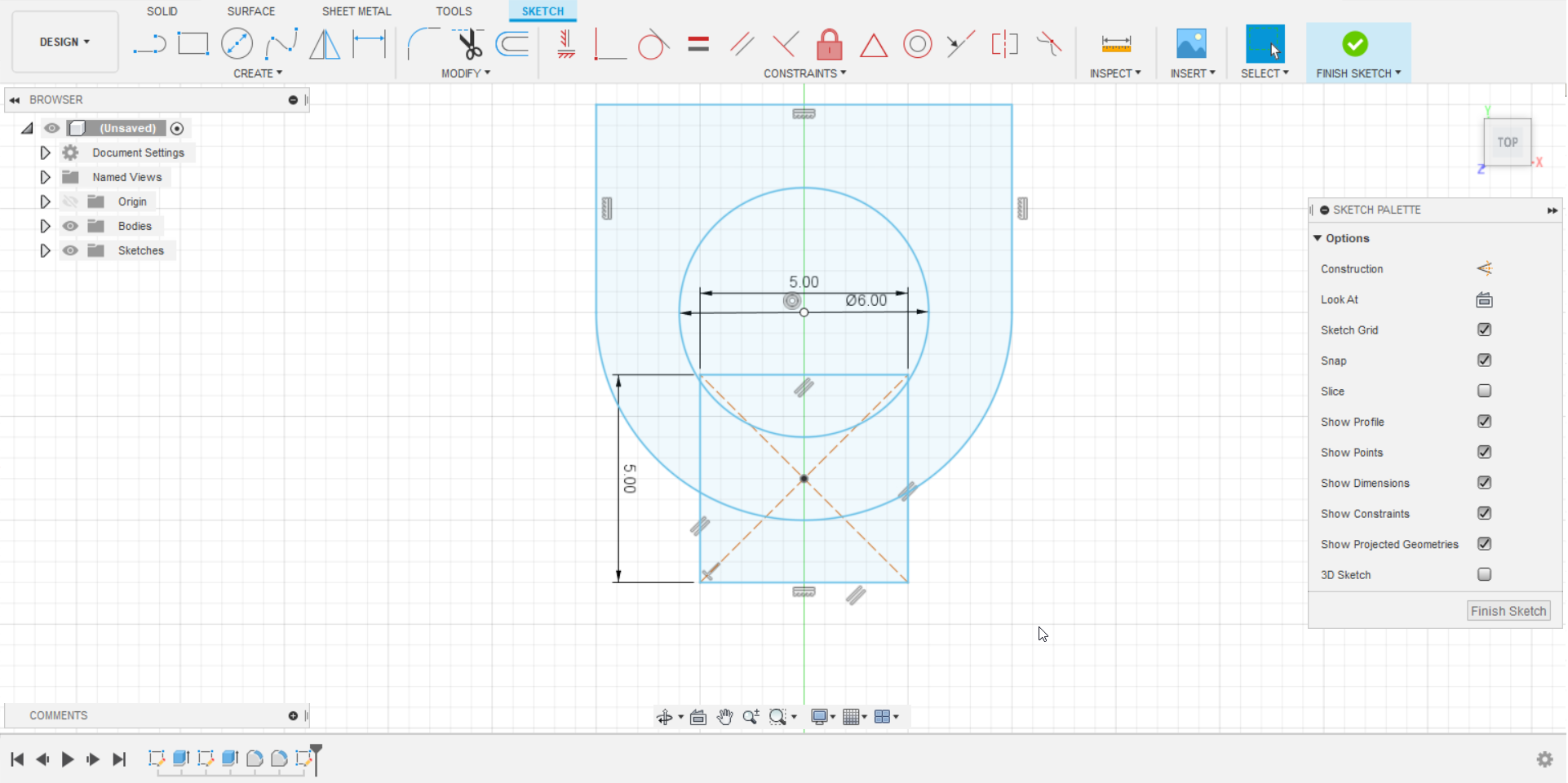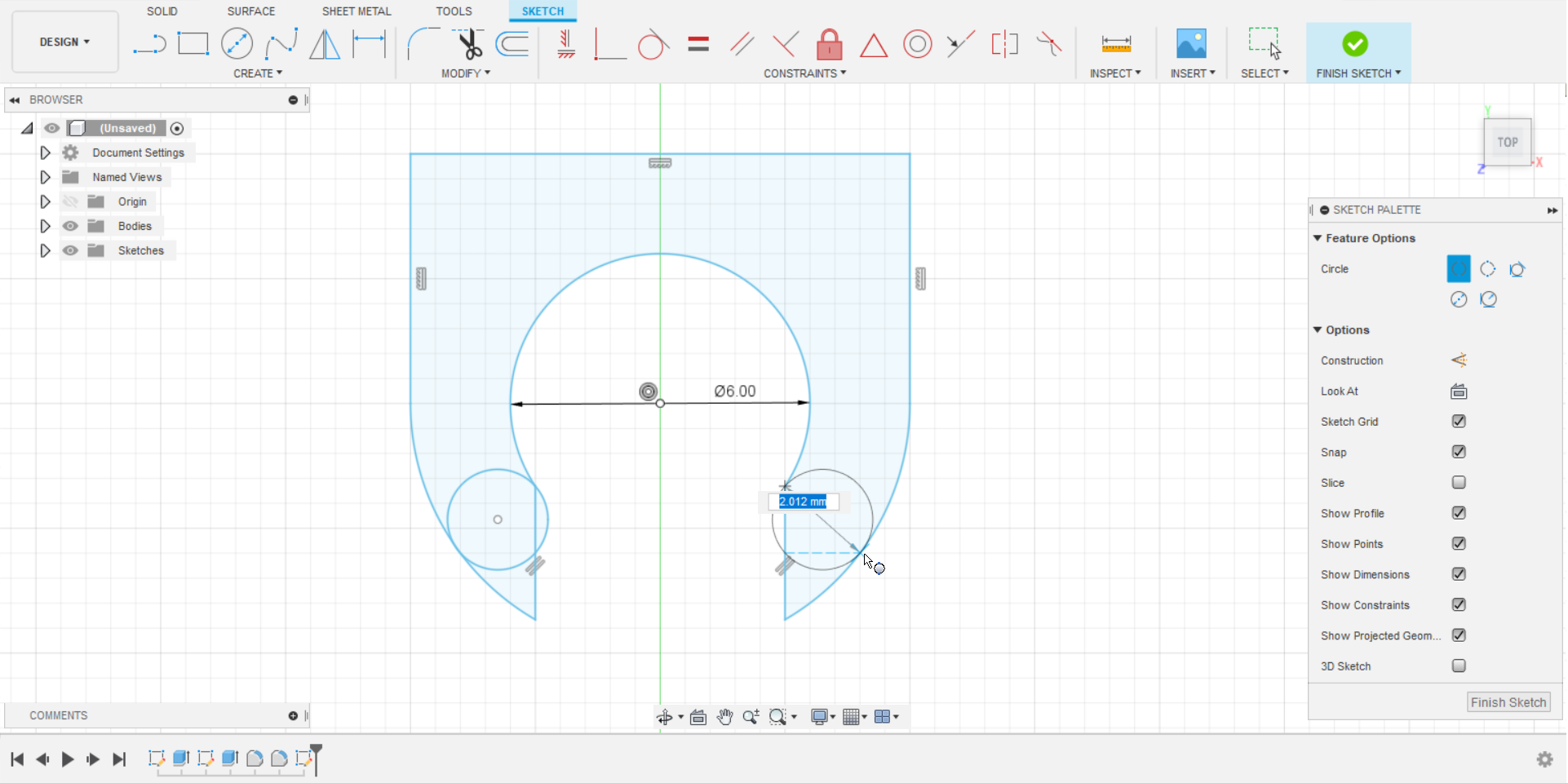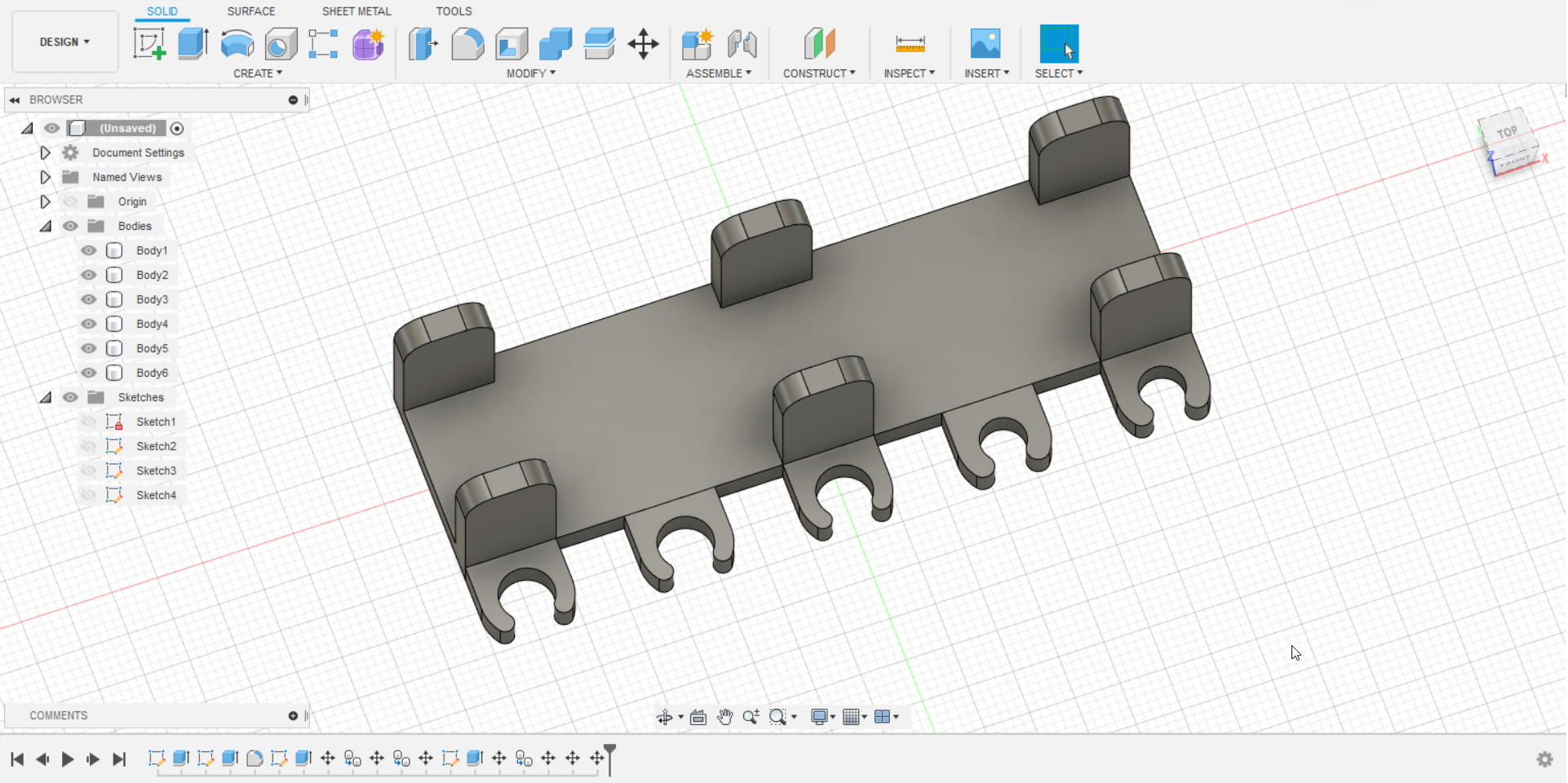3D Printed Computer Cable Organizer
by tothmiki91 in Workshop > 3D Printing
3784 Views, 18 Favorites, 0 Comments
3D Printed Computer Cable Organizer



Since I have to work in a home office now permanently due to the Corona virus I use the same desk with my work- and private computer. Now I have some extra computer cables so I change the actually used daily. Some of the cables are necessary for my work computer, and other cables for my private laptop. But sometimes I don't need any cable because I use my desk also for other purposes.
It is very uncomfortable to find a place for all of my cables when I don't use them, usually they are not arranged, that looks terrible. Besides that they usually fall down under the desk which is also very frustrating. So I decided to print a gadget with that I am able to organize my cables.
Supplies
- 3D Printer
- I have a Creality Ender 3.
- 3D Slicer Software
- I used Ultimaker Cura.
- 3D Designer Software
- If you have different size of desk/cables.
- I use Fusion 360, but I can also recommend Tinkercad.
Make a Draft Before the Design



For me it always helps to create a draft on paper before I start to design anything. Measure all the necessary sizes and record them on the paper. This way you don't have to measure and calculate during design phase again and again.
It doesn't matter if the scale factors are not so precise, the goal is to know what you need exactly at the end. It will be much easier to design it with a CAD software.
Design With CAD Software - Base


To design the 3D model I used Fusion 360 Software. I used 3 mm thick walls for the 3D printed model, which will be strength enough for this purpose.
The base of the model is a 80 x 22 x 3 mm cuboid.
- The cable holders will be 10 mm wide, so 5 holders will comfortably fit on 80 mm width.
- The panel on the top of my desk is 16 mm wide, so I extended it with the 2 x 3 mm wall thickness.
Although this base part will be on the top in real life, in my model I designed to be the bottom part. It is easier to work with- and I will also print it this way.
Steps to create the base:
- Create a sketch on the X-Y plane with the desired size of rectangle
- Extrude it with the thickness.
*Optionally you can create a box instead.
Design With CAD Software - Clips



I designed 2 x 3 number of clips onto the base. They will constrict and hold the whole model on the desk. Each clip is 10 mm wide and I used the same 3 mm thickness. Their height will be 15 mm, so they will hold the component in a stable enough position.
Steps to create the clips:
- Create a sketch with 6 rectangles on the top side of the base in symmetric way.
- Extrude the rectangles to the desired height.
- If you want, you can give them rounded edge by using the Fillet tool.
Design With CAD Software - Cable Holder Clips









The most tricky part of the model are the cable holder clips, but it can be created from rectangles and circles. Since I have different size of cables I created 2 types: One for holding a 6 mm, and another for 5 mm cables. 3 + 2 from these types are connected to the side of the base part.
Steps to create cable holder clips:
- In a sketch create a square with the desired width (10 mm) and 2 circles into it. One that touches the edge of the square, and an other with diameter as size of the cables. You can create the second circle with the offset tool.
- Remove the unnecessary lines and create a rectangle that is smaller than your cables by 1 mm.
- Remove the inside of the holder.
- To have round edges, create 2 small circles on them.
- Remove all the unnecessary lines again and the sketch of the cable holder clip is done.
- Extrude it with the thickness (3 mm) and move to the right position.
- Duplicate the object as many cables you have with this size.
- For other cable sizes, duplicate the sketch only and modify the size of the inner circle, then extrude it.
- Move the holders to the desired positions.
Design With CAD Software - Result, Files



As a final refinement I rounded the edges on the top by using the Fillet tool. And as an other option, the top of the model is a good place to write any text, or draw something on it.
The extrusion size of the text can be the same as the printing height precision. This way you will get almost a flat surface with well readable text.
I attached the model and project files I made, but I'm sure that you can design it easily. And even if you have different size of desk and cables, you can use it as a base example to modify.
Printing 3D Model




After modeling I printed the component with my Creality Ender-3 printer. But before that you will need a slicer tool, with that you can define the parameters and a plan for the 3D printer. For this purpose I used the Ultimaker Cura software.
I printed the component from black PLA filament, since it is the best color I have that fits to my desk. I used 0.4 mm line width and 0.2 mm line height, but the width of the first layer is set to 150%. Although there is not so much infill in the component, I used 20% density value for that.
As you can see on the first image, the printed text is also well readable and looks quite nice.
Result, Conclusion




The printed component fits on my desk fine, and the cables stay also very stable in it, but not too tight. Now it is much more comfortable to change and store these cables, so I'm totally satisfied with the result. Above of that I think it also looks very nice.
So finally, if you have similar problem, I recommend to do something similar!